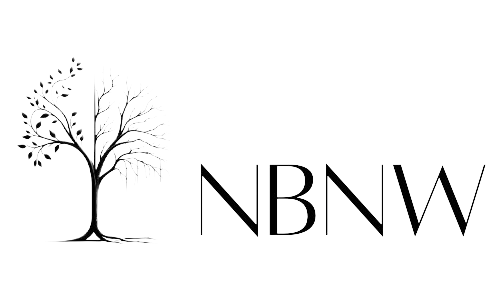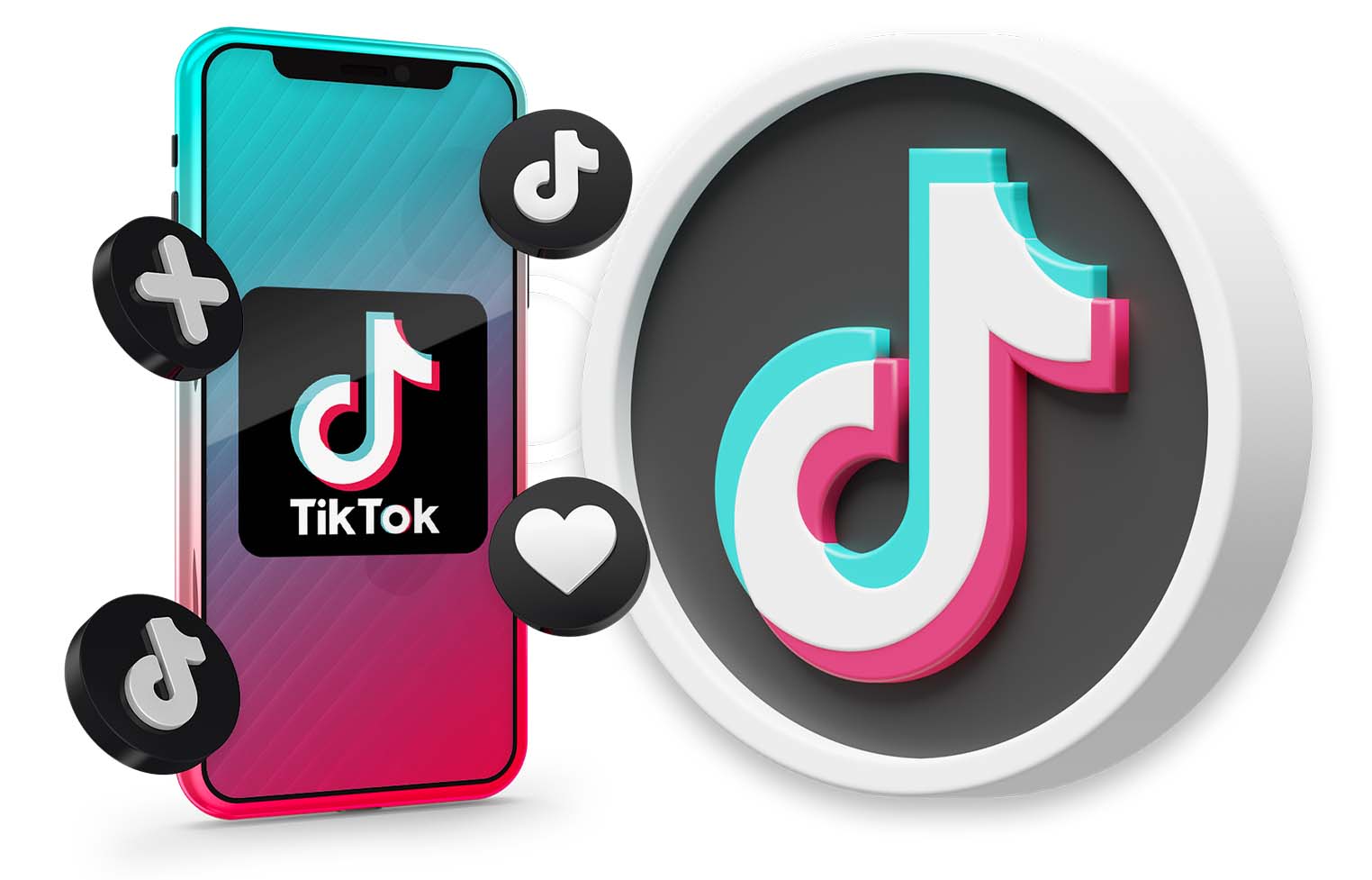Speculation around the return of ,[object Object], to ,[object Object], gained momentum recently after users reported being able to access the ,TikTok, website. This development stirred excitement among the app’s large former user base in ,India,, which was once the largest international market for ,TikTok,. The website appeared accessible to some users without the need for a VPN, leading to widespread rumors of an imminent comeback. However, it is important to note that while the website might be live, the ,TikTok, app itself remains banned and unavailable on major app stores such as Google Play and Apple’s App Store. Furthermore, users are unable to log in, watch videos, or upload content on the platform, indicating that the core functionalities remain inaccessible within the country.
The Indian government quickly reacted to the speculation, issuing a clear statement to quash rumors regarding ,TikTok,’s comeback. Official sources emphasized that no government order has been issued to lift the ban that was imposed on ,TikTok, and 58 other Chinese apps back in June 2020. The ban was enacted citing national security reasons amid heightened border tensions with China, particularly following violent clashes in the Galwan Valley. The ,[object Object], highlighted concerns about user data being collected and transmitted outside ,India,, constituting a threat to sovereignty and public order. Consequently, the ban remains firmly in place, and any reports claiming otherwise were labeled as false and misleading by government officials.
The partial accessibility of the ,TikTok, website is speculated to be due to a technical glitch or network-level misconfiguration rather than an official relaunch. Similar incidents have happened before, where internet service providers mistakenly unblocked banned websites during network updates or patches. Besides ,TikTok,, the popular Chinese online shopping platform AliExpress has also been reported accessible to some users despite remaining banned officially. This partial accessibility does not imply any policy change but rather highlights the complexities in managing internet censorship and access controls at a large scale in ,India,’s digital ecosystem.
Despite the ongoing ban, ,TikTok,’s influence on ,India,’s digital culture remains significant. Before the ban, ,TikTok, had amassed an estimated 150 to 200 million users in ,India,, making it a dominant platform for short-video content creators and audiences. Its absence created a vacuum that local alternatives such as Moj and Chingari quickly tried to fill, alongside global rivals like YouTube Shorts and Instagram Reels gaining ground. As diplomatic relations between ,India, and China show signs of thawing—such as resumed trade across border points and planned diplomatic visits—there is curiosity about whether ,TikTok, might one day return. However, for now, the app remains blocked, and the ban is rigorously enforced by the Indian government.


